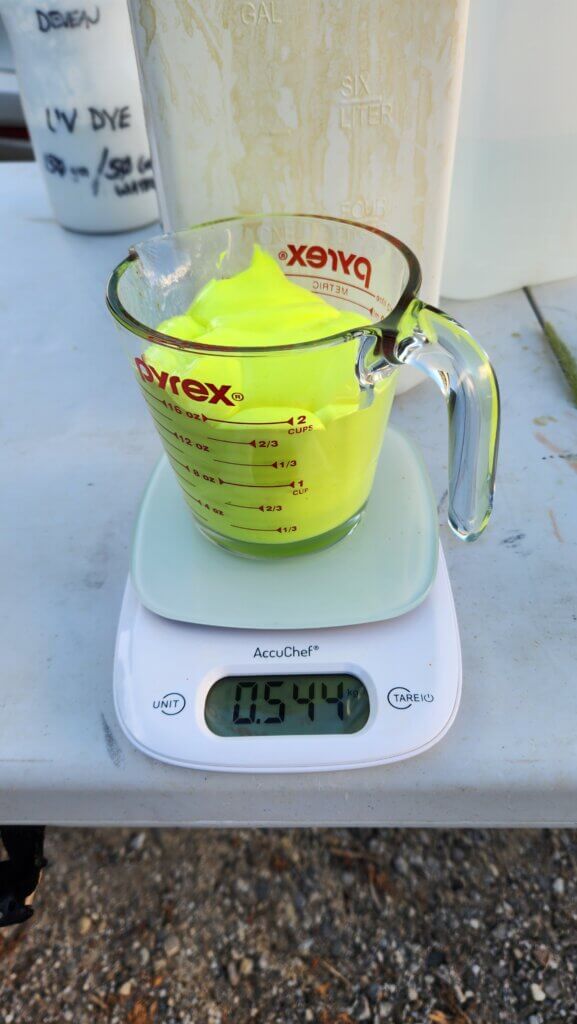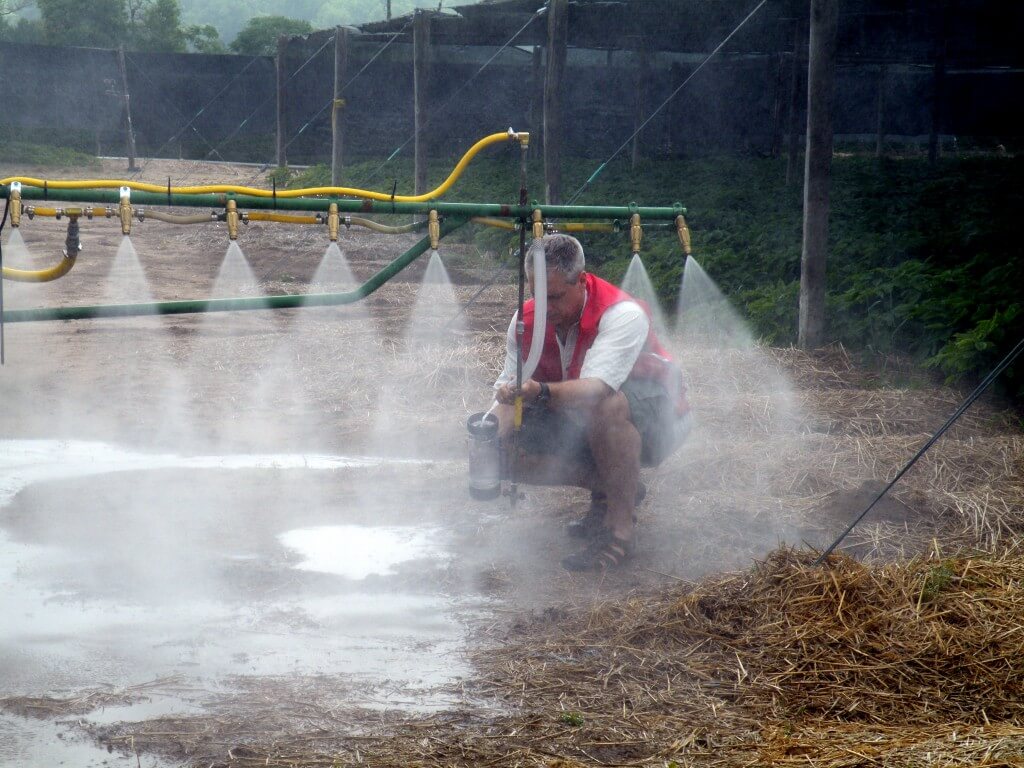
I work in agricultural extension and I’m always on the lookout for new methods to help me achieve my goals. A big part of my job is to research and teach efficient, effective and safe crop protection practices, so it follows that I have to be able to evaluate the quality of a spray application. […]
Read More… from Comparing Fluorescent Dyes for Spray Coverage Evaluation



